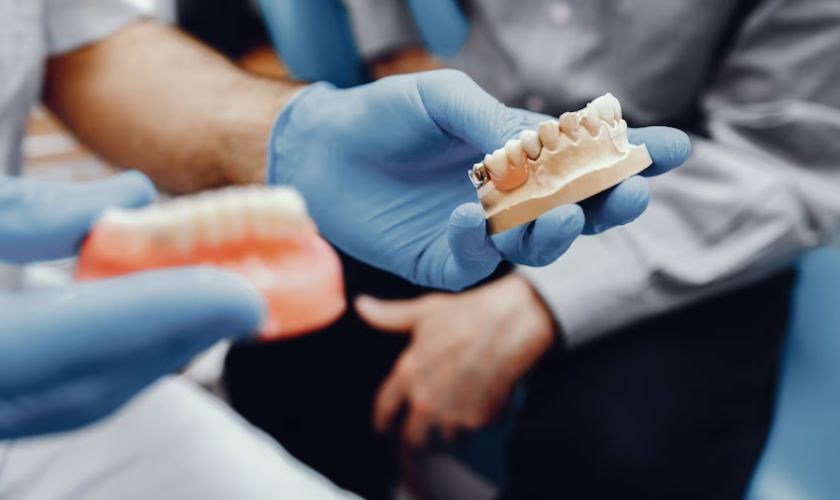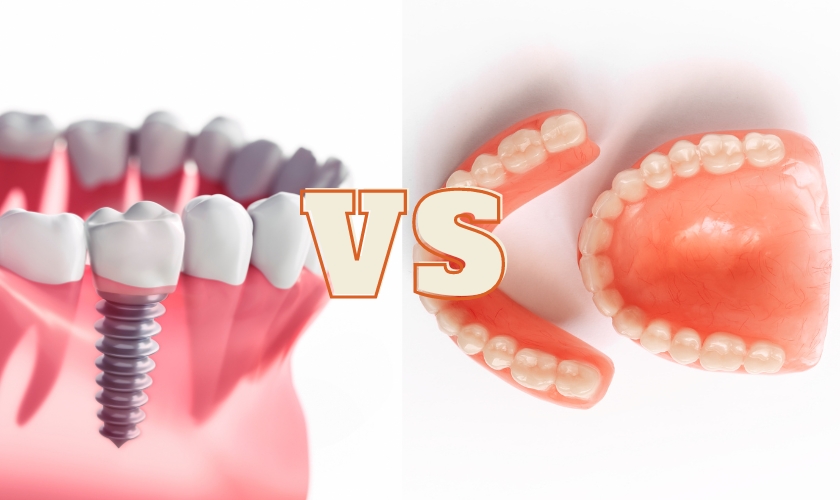
Bone Grafting: An Important Step In Dental Implant Procedures
Are you considering getting dental implants to restore your smile and improve your oral health? If so, you may have heard of bone grafting as a necessary component of the procedure. But what exactly is bone grafting, and why is it so important for successful dental implant surgery? In this blog post, we’ll dive into the world of bone grafts and explain their vital role in ensuring your new teeth stay firmly in place for years to come. Whether you’re already scheduled for a dental implant procedure or simply curious about the process, read on to discover everything you need to know about bone grafting.
What Is Bone Grafting?
Bone grafting is a surgical procedure that involves transplanting bone tissue to repair or rebuild bones. In dental implant procedures, it’s common for patients to undergo bone grafting before the actual surgery takes place. This is because a solid base of bone structure is necessary to support an implant.
The bone used in the procedure can come from various sources, including the patient’s own body or a donor source. It could also be synthetic material designed specifically for bone grafting purposes.
Bone grafts are typically performed under local anesthesia and require several months of healing before implants can be placed. During this time, new bone growth will fuse with the existing jawbone, creating a stable foundation for future dental work.
While some people may feel hesitant about undergoing this process, it’s important to understand that without adequate jawbone density, implants may fail or become unstable over time. Bone grafting helps ensure the long-term success and stability of dental implants by providing a strong foundation for them to attach securely.
Types Of Bone Grafts
When it comes to bone grafting, there are several different types that a dentist may recommend depending on the patient’s individual needs.
- One of the most common types is an Autograft, which involves taking bone from another area in the patient’s body and transplanting it into the jawbone. This method has high success rates due to its compatibility with the patient’s own tissue.
- Another type of bone graft is an Allograft, which uses donor bone from a cadaver or synthetic materials like calcium phosphate. This option is popular because it eliminates the need for an additional surgical site for harvesting bone.
- Xenografts are also used in some cases, where bovine or porcine sources provide natural scaffold material that promotes new bone growth.
- Alloplastic grafts use synthetic materials such as hydroxyapatite or biocompatible polymers to encourage new growth and offer precise control over implant placement.
Each type of bone graft has its unique advantages and disadvantages based on factors such as cost-effectiveness, risk level, and recovery times. It’s important to consult with your dental professional regarding which option suits you best before undergoing any procedure.
How Bone Grafting Works
Bone grafting is a surgical procedure that involves adding new bone tissue to an area of the jaw where it is lacking. The process can be done using different materials, including natural and synthetic options.
The first step in bone grafting involves creating a small incision into the gum line, exposing the underlying bone. Once visible, the surgeon will prepare the site by cleaning and shaping it to fit the size of the implant being placed.
Next, they will typically take either donor tissue or synthetic material and place it over or inside of the site. The material acts as a scaffold for new bone growth by encouraging cells within your body to migrate towards it and start building up new tissue around it.
Over time – usually several months – this newly formed tissue fuses with existing bone structures until eventually becoming fully integrated with them. This creates a solid foundation upon which dental implants can be securely placed.
Bone grafting plays an essential role in dental implant procedures because, without sufficient jawbone density, implants cannot anchor properly. It’s important therefore to work closely with your dentist when considering this type of surgery so you can better understand how it works and what options might be best suited for your individual needs
When To Consider Bone Grafting For Dental Implant Procedures
In dental implant procedures, bone grafting may be necessary in certain cases. Bone grafting helps to build up the jawbone so that it can properly support a dental implant. But when should one consider bone grafting?
One common reason for needing a bone graft is if there has been significant bone loss due to periodontal disease or tooth extraction. Without enough bone density and volume, an implant cannot properly integrate with the jawbone.
Other factors that may require bone grafting include trauma or injury to the face, congenital defects, and tumors in the oral cavity.
It’s important to note that not all patients will need a bone graft before receiving a dental implant. Your dentist or oral surgeon will evaluate your situation and determine if this procedure is necessary.
If you are considering getting dental implants but have concerns about having enough jawbone structure, schedule a consultation with your dentist today. They can provide personalized recommendations based on your unique needs and circumstances.
Finishing Off
Bone grafting plays a critical role in dental implant procedures. It ensures that patients with insufficient jawbone structure can still benefit from permanent tooth replacement options such as dental implants. With the advancements in modern dentistry and bone grafting techniques, patients no longer have to compromise their oral health due to missing teeth or inadequate jawbone density.
If you are considering dental implants but have concerns about your jawbone density, consult with your dentist about whether bone grafting is a suitable option for you. They can help guide you through the process and provide personalized recommendations based on your unique needs.
Remember that investing in good oral health is an investment in overall wellness. By taking care of our teeth and gums, we not only ensure a beautiful smile but also prevent potential health complications down the road. So don’t delay – schedule an appointment with your dentist today.
The bone grafting process is generally considered to be quite painful. However, the pain tends to peak within the first few hours and then starts to subside. Some people may experience some mild discomfort for a few days afterward, but this should largely disappear by the end of the week.
Bone grafting can take as few as one appointment, but it’s often recommended that you have at least two appointments to allow the bone to properly heal.
After bone grafting surgery, patients will take antibiotics to prevent infection and pain relief medications to control the pain. Dental restoration may also be necessary. The duration of aftercare for bone grafting varies depending on the individual’s specific needs.






